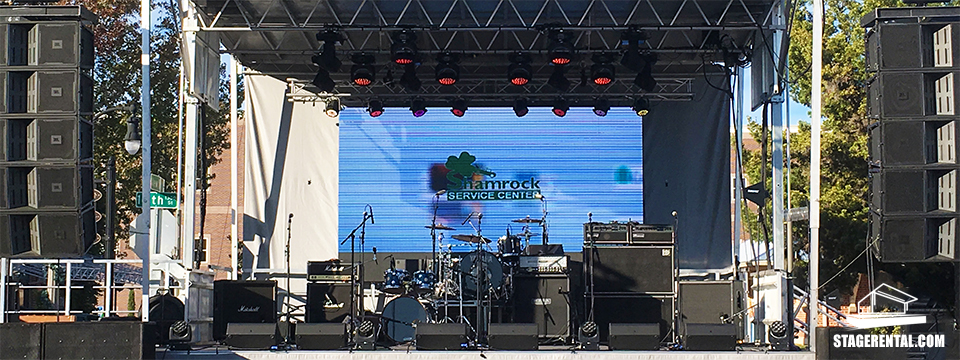The initial step in guaranteeing color accuracy is understanding how LED technology works. LEDs, or light-emitting diodes, produce light in various colors by combining red, green, and blue (RGB) light. Each pixel on an LED wall is made up of these three hues. When tuned properly, the combination of RGB can create a broad range of colors. However, if one color is too bright or too faint, it can distort the whole display. This is why calibration is necessary to equalize the hues and achieve the intended visual effect.
Calibration entails adjusting the settings of the LED screen to ensure that the hues shown match the initial content as closely as feasible. This process usually involves using specialized software and hardware instruments. Technicians often use color measurement devices, such as spectrophotometers, to analyze the colors being shown. By comparing the assessed hues to standard color standards, they can make exact modifications. This guarantees that the colors are not only lively but also uniform across the Look At This entire display.
Another crucial factor of color accuracy is comprehending the environment in which the LED screen is employed. Factors such as surrounding light can significantly impact how hues appear. For example, a well-lit illuminated room may wash out colors, making them look not as lively. To mitigate this, technicians may modify the luminosity and differentiation settings of the LED wall. Additionally, they may choose specific color settings that are more suited for various lighting conditions. This flexibility helps preserve color accuracy regardless of the viewing environment.

Finally, regular maintenance and re-tuning are crucial for keeping an LED wall looking its finest. Over time, the functionality of LEDs can change due to factors like degradation and heat fluctuations. Regular checks and modifications can help guarantee that the colors stay accurate and lively. By investing time in proper tuning and maintenance, venues can provide viewers with breathtaking visual presentations that improve their overall experience. Perfecting color accuracy in LED wall tuning is not just a technical job; it is an expertise that adds to the magic of graphic narration.